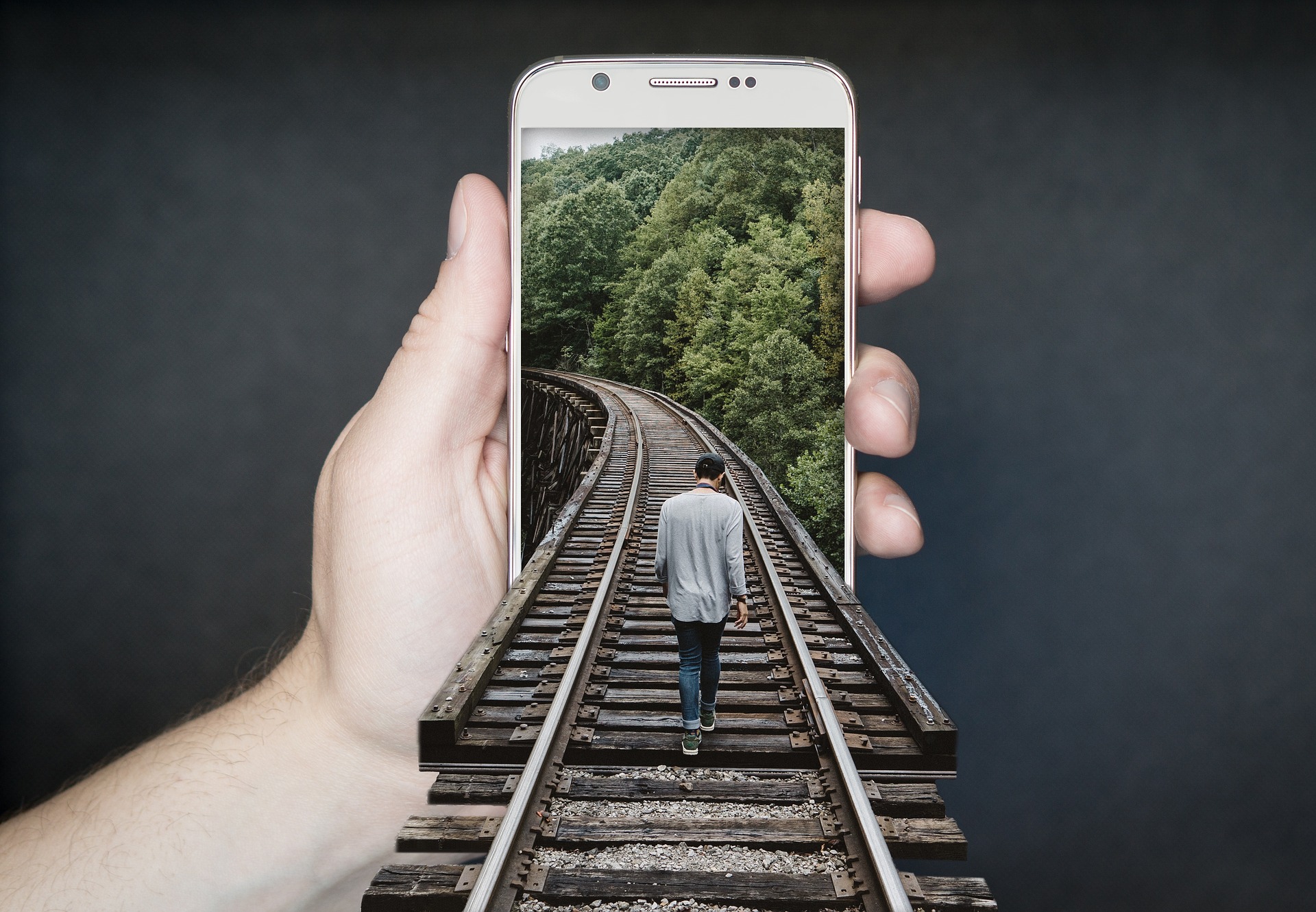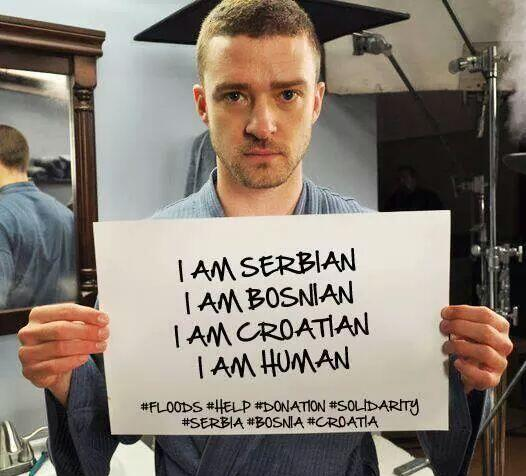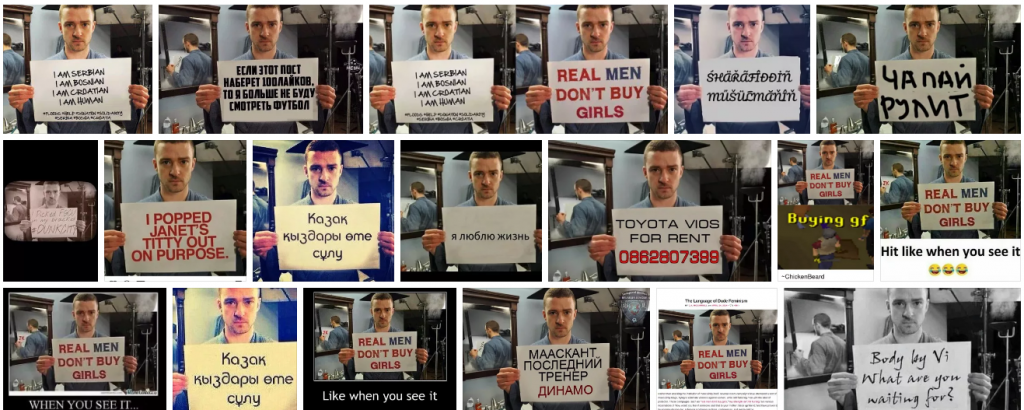Written by: Stefan Janjic
Each of us has heard a well-known formula according to which a picture is worth a thousand words. However, in the era of Photoshop, it seems appropriate to ask the following question: can one picture lie as much as a thousand words?
For starters, check out this photo of Justin Timberlake. Does something seem unusual?
Look at these photos too:
Which one among them is the authentic one? Nothing is easier than removing the original labels and inserting text as desired. How do you find the original then? Doesn’t it feel like looking for a needle in a haystack?
However, even if this mission might seem impossible at first, there are tricks on which we can rely. If you use tools to conduct a so-called reverse photo search, you will easily find that the only authentic photo is this one:
Some time ago, extremely skilled professional photographers were in charge of photo-manipulation. Today, this artisan is available to anyone who has a cellphone. In just a few seconds it is possible to change the colour of a photo by using a filter, remove the blemish from a face or cut out someone who’s no longer dear to us. These kinds of photo changes are usually benign in nature. However, what happens when tools for manipulation get into the hands of malicious people? Photoshopped photos and counterfeit recordings are often used as false evidence, but also as a means to spread hatred.
Still, while modern technology goes into the hands of manipulators, it also helps those who are fighting against manipulation. What do you do if you are presented with a photo, but do not know its origin or doubt its authenticity? Google’s system of “inverted” image search can help you; in the search field you click on the icon of the camera, then drag a photo from your computer, mobile phone or a website, and then Google will list the sites where the picture and photos similar to it were used.
Although Google’s system of “reverse” search is very useful, sometimes its scopes are limited, primarily due to copyright protection. If the world’s largest browser does not offer an answer to what you’re looking for, try the Russian alternative; the Yandex search engine. Click on the icon of the camera, drag the image from your computer, mobile phone or website and Yandex will in many cases solve the mystery.
If you want to find out details about a specific image, advanced search is possible by using TinEye and Forensically. On these sites you can get information about the camera, the time the photo was taken, location, and potential places where the image has been reconstructed. Forensically does it so you indicate suspicious areas by focusing a series of red dots.
Photo-forensics sometimes seems like real detective work and, accordingly, one should have an eye for details. For example, well manipulated recordings can sometimes be traced on the basis of errors that last only a fraction of a second. The Invid site can be helpful as it indicates suspicious incisions in clips, but will also list the comments of all users who checked a video previously.
Therefore we have a large number of digital tools that facilitate the process of photo-forensics at out disposal, but do not forget the most important tool; your brain. If you want to improve your skills in this area, take a look at a very useful online courses First draft and Checkology.
#NeVjerujNaPrvu is a project of the European Union in Bosnia and Herzegovina.
The contents of this article are the sole responsibility of the author and do not necessarily reflect the views of the European Union







